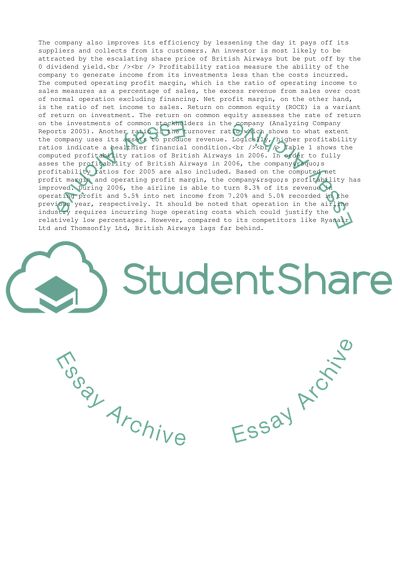Cite this document
(British Airways in Harvard Style Assignment Example | Topics and Well Written Essays - 3000 words, n.d.)
British Airways in Harvard Style Assignment Example | Topics and Well Written Essays - 3000 words. https://studentshare.org/business/1705348-financial-analysis
British Airways in Harvard Style Assignment Example | Topics and Well Written Essays - 3000 words. https://studentshare.org/business/1705348-financial-analysis
(British Airways in Harvard Style Assignment Example | Topics and Well Written Essays - 3000 Words)
British Airways in Harvard Style Assignment Example | Topics and Well Written Essays - 3000 Words. https://studentshare.org/business/1705348-financial-analysis.
British Airways in Harvard Style Assignment Example | Topics and Well Written Essays - 3000 Words. https://studentshare.org/business/1705348-financial-analysis.
“British Airways in Harvard Style Assignment Example | Topics and Well Written Essays - 3000 Words”. https://studentshare.org/business/1705348-financial-analysis.


